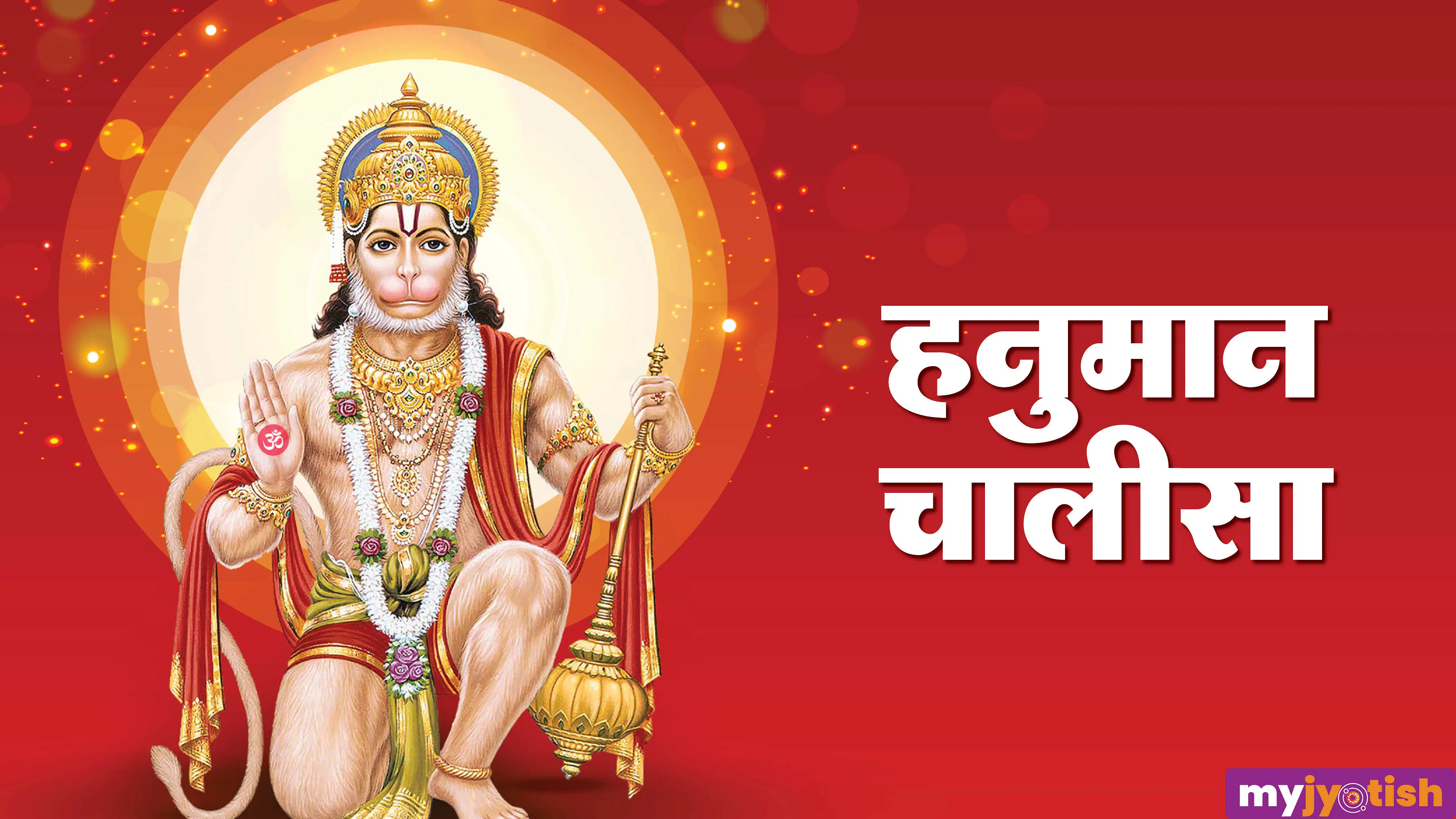Who Wrote Hanuman Chalisa? A Journey Into Devotion and Literature

Introduction
Among the many spiritual compositions of India, Hanuman Chalisa stands as a timeless hymn that resonates with millions of devotees across the globe. Recited daily in countless households and temples, this 40-verse devotional poem is considered one of the most powerful prayers dedicated to Lord Hanuman. But have you ever wondered who wrote Hanuman Chalisa, when it was composed, and why it holds such significance?
This article takes you through the story behind Hanuman Chalisa, its author, and the spiritual depth hidden in its verses.
Who Wrote Hanuman Chalisa?
The Hanuman Chalisa was composed by Goswami Tulsidas, a 16th-century poet-saint and philosopher who lived during the reign of the Mughal emperor Akbar. Tulsidas is best known for authoring the Ramcharitmanas, a retelling of the Ramayana in the Awadhi language, which made the story of Lord Rama more accessible to the common people.
Tulsidas wrote Hanuman Chalisa in Awadhi, a dialect of Hindi, so that ordinary devotees could understand and connect with its message. Through simple yet powerful verses, he portrayed Hanuman’s strength, loyalty, and devotion to Lord Rama.
The Life of Goswami Tulsidas
To understand the depth of the Hanuman Chalisa, it is important to know about its author. Tulsidas was born in 1532 CE in Rajapur, Uttar Pradesh. From childhood, he was inclined towards spirituality and storytelling.
-
He dedicated his entire life to spreading the teachings of Lord Rama.
-
Tulsidas is believed to have had a divine vision of Hanuman and even Lord Rama himself.
-
His writings emphasize devotion (bhakti), morality, and the importance of surrender to God.
The Hanuman Chalisa reflects these values, making it not just a hymn but also a spiritual guide.
Why Did Tulsidas Write Hanuman Chalisa?
Tulsidas composed the Hanuman Chalisa to express his immense devotion towards Lord Hanuman. According to legend, he wrote it during a time of hardship, praying to Hanuman for strength, courage, and protection.
Hanuman, being the epitome of devotion and service, symbolizes unwavering faith and selfless dedication. Tulsidas wanted to remind devotees that seeking Hanuman’s blessings can remove fear, obstacles, and difficulties in life.
The Structure of Hanuman Chalisa
The word Chalisa means “forty,” referring to the 40 verses in the hymn. Each verse is crafted in doha and chaupai poetic meters, making it rhythmically easy to recite and memorize.
-
Opening Doha: Begins with an invocation to the Guru (teacher) and Hanuman.
-
Verses (Chaupais): Describe Hanuman’s qualities, strength, wisdom, and divine powers.
-
Closing Doha: Ends with blessings and the assurance of Hanuman’s protection.
This structured format not only makes the prayer devotional but also poetic and musical.
The Spiritual Power of Hanuman Chalisa
Devotees believe that reciting Hanuman Chalisa brings peace of mind, protection from negativity, and strength to overcome challenges. Each verse carries deep symbolism:
-
Courage & Fearlessness: Reminds devotees of Hanuman’s bravery.
-
Devotion & Faith: Emphasizes surrendering to God through bhakti.
-
Wisdom & Learning: Hanuman is celebrated as the embodiment of knowledge.
-
Protection: Reciting it is believed to protect from evil forces and difficulties.
Hanuman Chalisa Across Languages
Though originally written in Awadhi, Hanuman Chalisa has been translated into many Indian languages so that devotees across regions can connect with it. Two popular versions are:
Hanuman Chalisa in Kannada
For devotees in Karnataka, the Hanuman Chalisa in Kannada is widely recited. The Kannada translation preserves the meaning and devotion of the original verses while making it accessible for Kannada-speaking devotees. Reciting it daily is considered highly auspicious and spiritually uplifting.
Hanuman Chalisa in Assamese
In the northeastern region of India, especially Assam, devotees often chant the Hanuman Chalisa in Assamese. This version allows Assamese speakers to connect with Lord Hanuman’s divine qualities in their native language, making the experience more personal and devotional.
Why Hanuman Chalisa Still Matters Today
Despite being composed nearly 400 years ago, Hanuman Chalisa continues to remain relevant in modern times. Here’s why:
-
Stress & Anxiety Relief: Recitation helps calm the mind in today’s fast-paced world.
-
Inspiration for Courage: Reminds us to face challenges fearlessly, like Hanuman.
-
Cultural Connection: Acts as a bridge connecting generations through devotion.
-
Unity in Faith: Recited in temples, homes, and during festivals, bringing people together.
Interesting Facts About Hanuman Chalisa
-
Tulsidas reportedly wrote the Hanuman Chalisa while imprisoned by Mughal authorities. By chanting Hanuman’s name, he was freed from captivity.
-
The hymn is structured so beautifully that even children can memorize it with ease.
-
It has been sung by countless singers, making it one of the most popular devotional songs worldwide.
-
Devotees believe chanting it 108 times brings immense spiritual benefits.
Conclusion
The Hanuman Chalisa is not just a set of verses; it is a spiritual masterpiece that reflects the devotion of Goswami Tulsidas and the divine qualities of Lord Hanuman. Written in the 16th century, it continues to inspire millions of devotees with its message of faith, courage, and humility.
Whether you recite the Hanuman Chalisa in Kannada or the Hanuman Chalisa in Assamese, the essence remains the same—unwavering devotion to Lord Hanuman and the blessings that follow.
In a world full of challenges, the Hanuman Chalisa stands as a beacon of hope, guiding devotees towards strength, peace, and divine protection.






